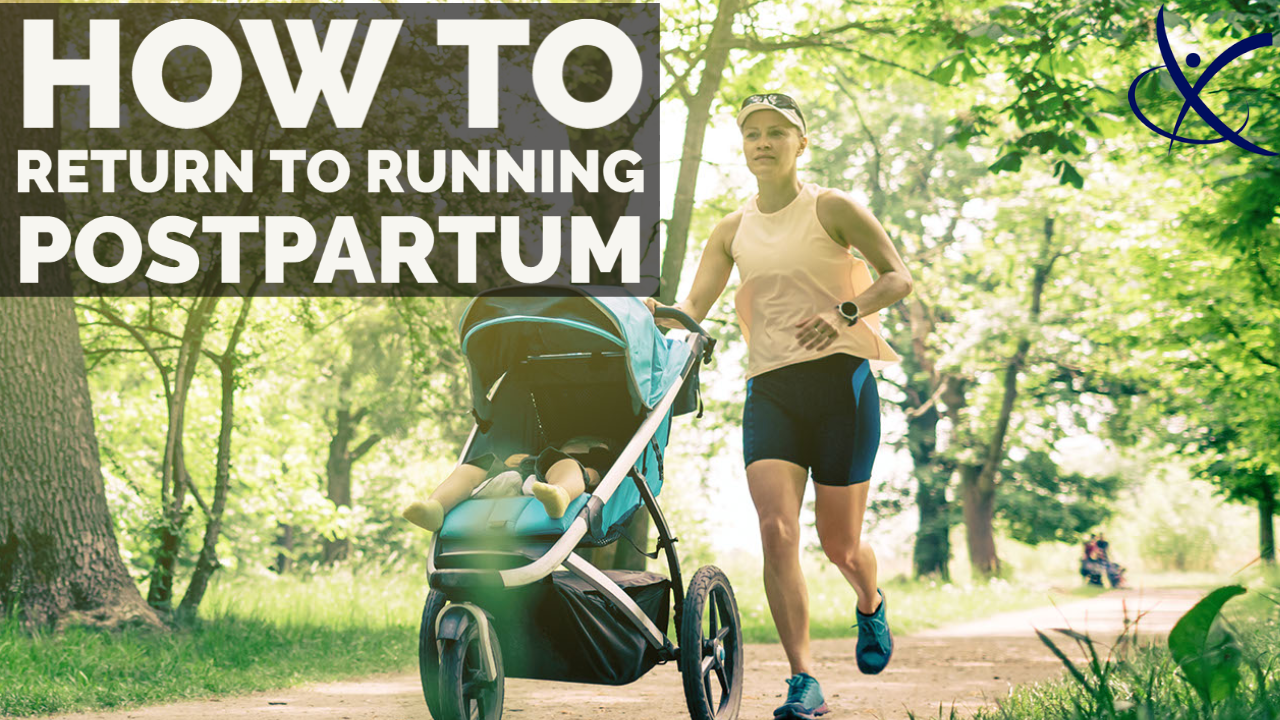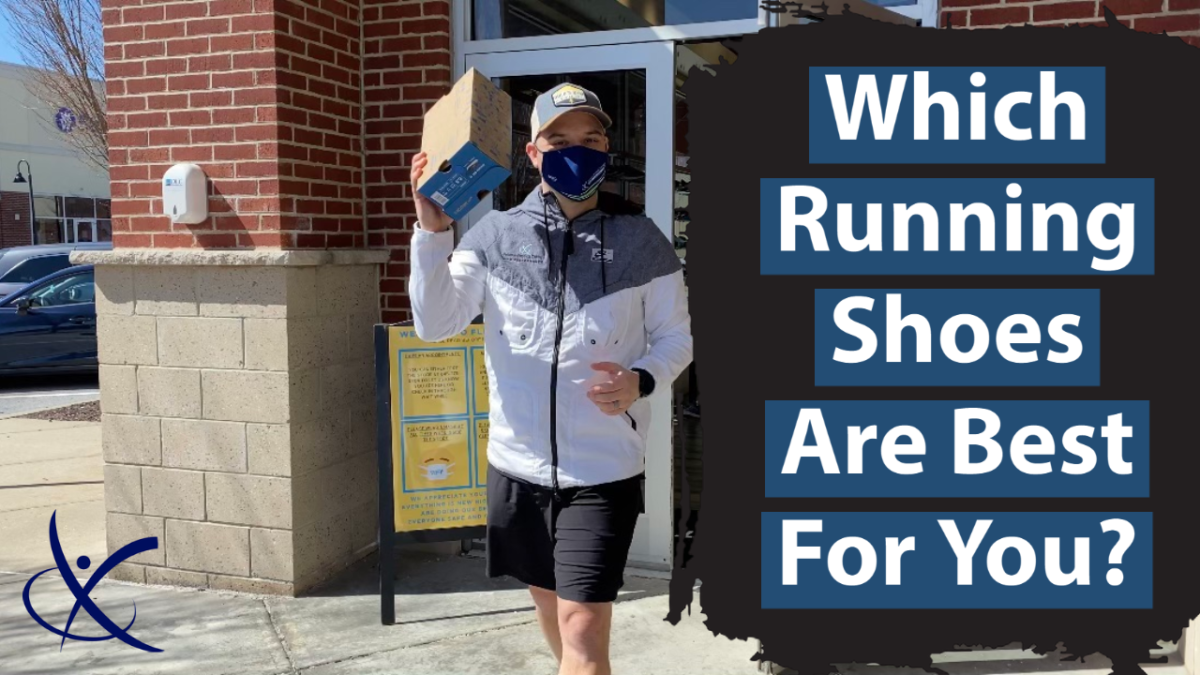
Are You Ready to Run After Having a Baby?
April 19, 2021
How to Build Your Training to Prevent Injuries
May 2, 2021How To Select The Right Running Shoe For You
N + MORE…
That’s the correct number of running shoes any runner should have. And if you need help justifying that to your spouse, we’ve got you covered. We can write some pretty convincing notes, so just tell us how many you’d like.
A bit of a long read, so get your cup of coffee ready and get comfy. Or just skip to the end for our real big piece of advice that every runner needs to know when it comes to running shoes. For now, let’s talk shoes.
Your running shoes WILL break down.
That’s the reality. And that’s their job. A well-designed running shoe is tasked to absorb the ground reaction forces when you run. The foam molecules in the outsole compress and re-expand to protect your body. Eventually, they wear out like the tires on your car.
- At 50 miles, the foam in your shoes loses 25% of their shock absorption qualities.
- At 150 miles they lose 33% of their ability.
- And at 500 miles your shoes have lost about 50% of their ability to protect your foot/body from the ground reaction forces when running.
This means two things:
1) You need more shoes.
2) You have to know how to replace them
So what’s a runner to do when it comes to picking out new shoes? We know it can be overwhelming for the majority of people who don’t make a living off of studying this stuff. We here at FPT LOVE it. The mere mention of running shoes or a question and we’ll talk your ear off and show you pictures like a proud parent.
That’s why we’re putting some of our thoughts down on paper for you to take in. Sit back, and enjoy the ride before you stare at that colorful wall of running kicks.
First things first: don’t just buy a shoe because you heard it’s good, or because your friends bought it, or because you’ve run in it before. People’s feet and running styles are different, and running shoe companies change their models quite frequently. It is so important for you to look at the shoe, feel it, and try it on before you put miles in it. This is why we suggest getting to a legitimate running shoe store to tackle this task. Even though the price tags might be tempting, try and avoid unnamed sites and anchor stores. You don’t want a store that happens to carry running shoes in addition to the menagerie of sports paraphernalia they offer as well. Unless it’s a closeout or previous year’s models, lower prices generally come with a trade off and it can often be the quality of the shoe. Not all shoes are created equal.
That being said, let’s get down to the brass tacks.
INSPECT THAT SHOE!
Find one you like or one that is suggested to you? Pick them both up. Give them a once over. See how it feels. See how it twists and bends. Is the tongue thin or bulky? Does the forefoot break in the same place for the L and R shoes? How is the stitching inside? Do you hate it immediately? Are you intrigued by it?
Seriously, treat this process like buying a new car. This is your ONLY barrier to entry for running, and your ONLY protection from the ground, so give it the respect it deserves.
Not to mention, if the brand changed models you’re going to want to see if it’s the same or different. There’s nothing worse than when a shoe company forces a temporary detour because they keep changing your tried and true running shoe. Yes, I’m talking to you, Saucony…leave my damn Kinvaras alone!
COLOR
Is that thing badass? Do you love it? Is it bright and obnoxious just the way it should be? Ok maybe that’s just me, I love them loud and sleek. Bright colors drop 10 seconds off your mile pace. But they also look sweet with your race outfit and in your finisher photos.
If you’re spending the money, make sure you like it.
GET THAT INSOLE OUT
Once you found a shoe that looks good and feels good, time to see if it fits. You want to make sure your foot is going to fit well in the shoe. Foot capture is important. Take the insole out of the shoe, put it on the ground, and then put your foot inside of it. See if it’s a good match. Your foot should fit nicely and that means the inside of that shoe could be a good home for your foot.
The insole represents the only available real estate inside that shoe. So if your foot doesn’t fit well with the insole out of the shoe, it definitely won’t fit properly inside.
Don’t forget: Try them both! Your feet can be different.
CHECK THAT COLOR AGAIN!
Still love it? You’re imagining that finisher photo aren’t you? There you go. Daydreaming is allowed, especially if there’s not a long line of people behind you waiting to try on shoes too.
IS IT COMFORTABLE?
Walk around a bit. If it’s not comfortable walking around in the store then chances are you won’t love it out on the trails. These shoes don’t “break in.” You need it to work for you from the first mile.
SUPPORT
We suggest going for a neutral shoe over motion control and stability. If you have some underlying issues that need correcting, then it’s a wise move to address those things first or in addition to external support. Don’t let the shoe be your crutch. A neutral shoe offers the most opportunities and the science also shows that your foot still moves even in “motion control” shoes. They may be a useful tool if you absolutely need it (for good reason) but the goal should be to build yourself a path towards a neutral shoe.
We encourage runners to try different drops but to do so gradually. We want to avoid any shock to the system so make small changes rather than jumping categories.
Without getting too deep or painting with too broad of a brush, a general rule of thumb is that lower drop shoes require a lot of calf/achilles capacity and higher drop shoes require a lot of knee/patellar capacity. Something to keep in mind when we discuss injury history in runners and their shoe choices.
COLOR
…did we mention this yet? For real though, my bright orange Kinvaras looked sah-weet with my green and black Feldman race kit back in 2019. I kept the black ones for training runs. Lameeee
Oh good, you stuck around till the end. Congratulations! Even though your head might be spinning, you get our fortune cookie pearl. Want to know the big secret? The easiest tell in the world when it comes to shoes? Here is it:
ANY RUNNER SHOULD BE ABLE TO RUN IN DIFFERENT TYPES OF RUNNING SHOES. No compromise here. None.
If you can’t, that is a glaring red flag. That means it’s not the shoes that’s the problem, it’s something you can/need to address physically with proper attention to detail otherwise it will rear its ugly head in some fashion.
I love it when a runner tells me “I only run in X” or “I can’t run in Y” or even better, “I’ve exclusively run in [ BLANK ] for years.” Chances are that is or already has been a recipe for disaster and it makes us look really smart when we fix it.
This is easy, low-hanging fruit, people. With the myriad of options out there in modern times, there are many shoes that will work for you, and you need to get your foot in more of them.
Happy Shopping, and let us know what you come up with!
….no…seriously…we want to hear from you. We want to know what shoes you have. We’re kind of obsessed.
Happy Training!
John





